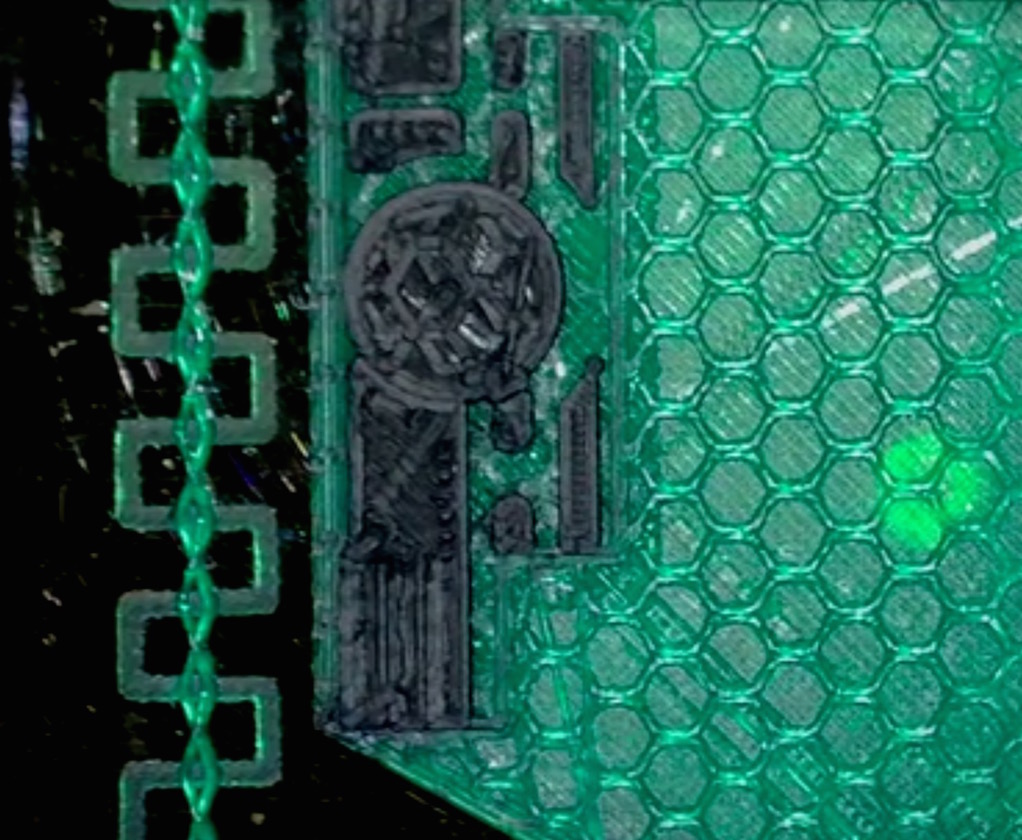
A new project promises to deliver “ultra conductive” 3D printer filament.
The project is driven by Functionalize, who have launched a crowdfunding campaign to gauge interest and gain funding for further development. Their fundraising goal: USD$100,000, which could be difficult to achieve given the USD$50-70 cost to get your hands on some of this interesting filament.
It’s called “Functionalize F-Electric ultra-conductive 3D Printing Filament”, and it can be used in most personal 3D printers using plastic extrusion techniques.
Project founder Michael Toutonghi of Seattle was helping his son with a science project and realized they required conductive filament – but found there were no options. After throwing together a home nanotech lab (above), Toutonghi was able to create a filament formulation that achieves some remarkable characteristics.
The F-Electric filament exhibits resistivity under 1 Ohm per cm, which is at least 1,000X less resistant than currently available conductive filaments. This means you can actually 3D print circuits capable of performing useful electronic functions, such as powering an LED light.
If this filament proves practical – not only for conductivity, but also for actual use in real 3D printers – it could open up a new world of 3D printed designs. Imagine a machine equipped with two extruders, one of which is loaded with F-Electric. You could then print objects including electrical circuits. Motors need only be dropped into position, as printed wiring would be embedded in the plastic structure, for example.
This could require some new software tools to efficiently design objects that include basic circuitry.
For now, you can order samples of F-Electric from their Kickstarter page in varying quantities. They expect to deliver product in March of next year.
Via Kickstarter

